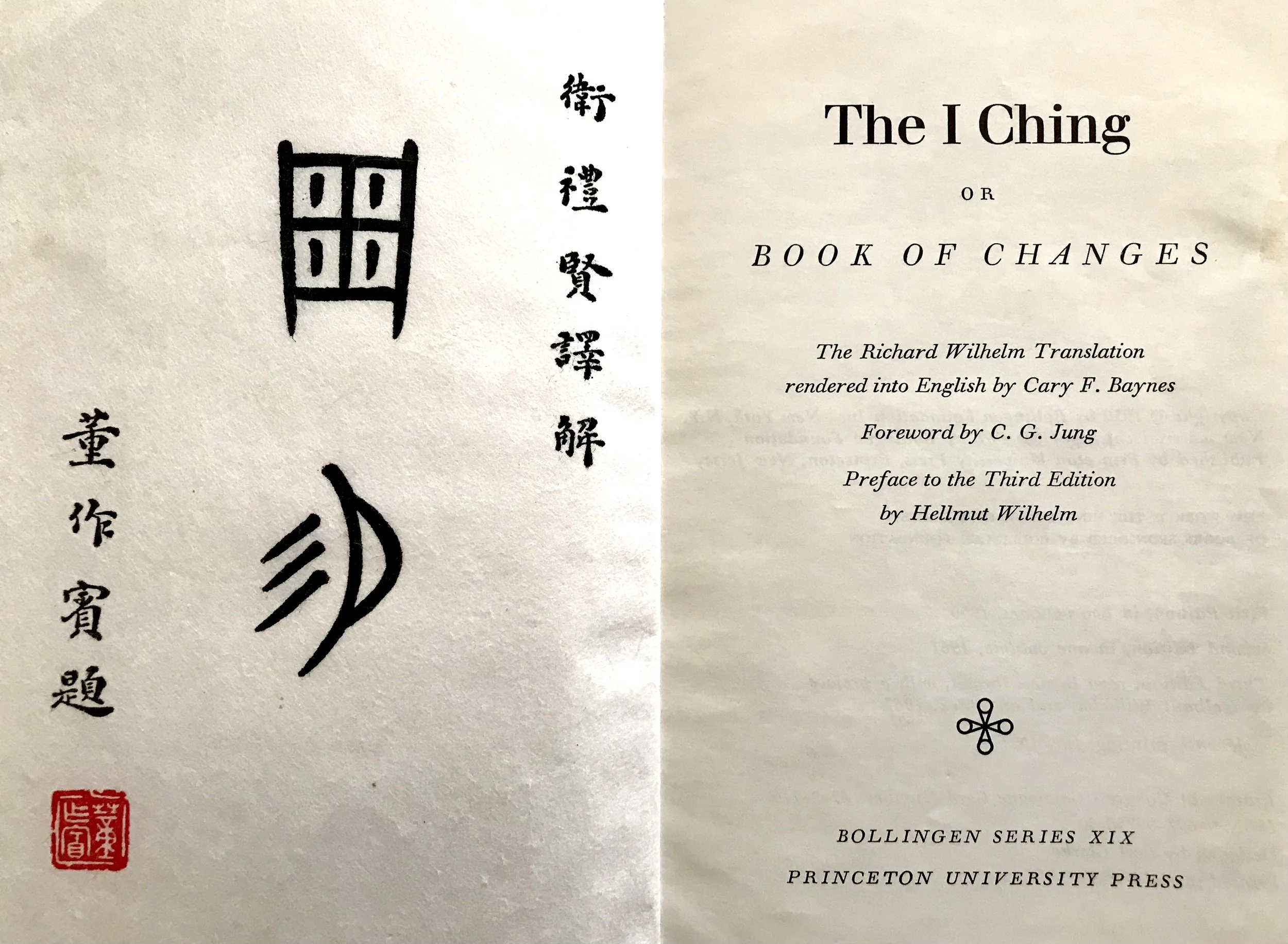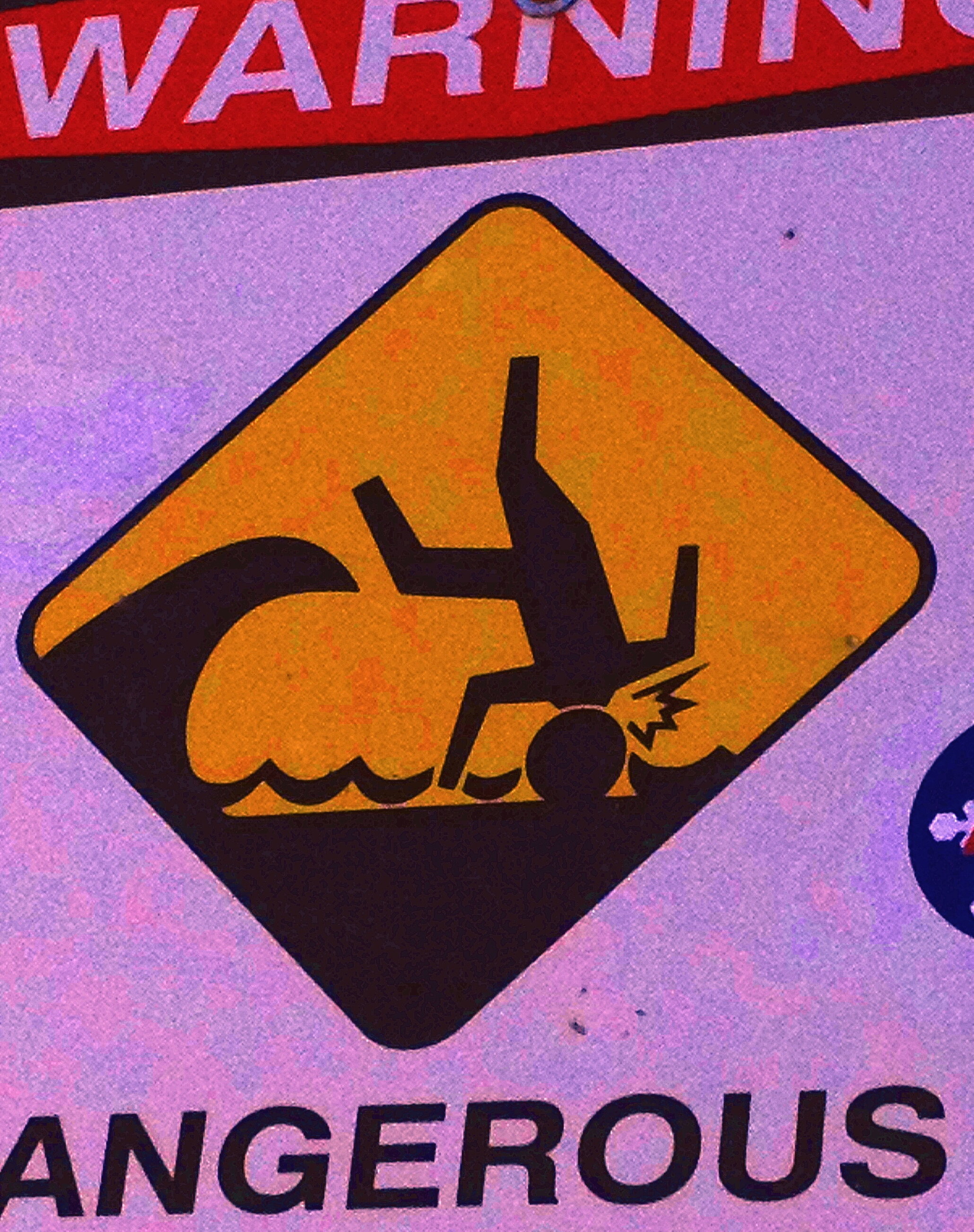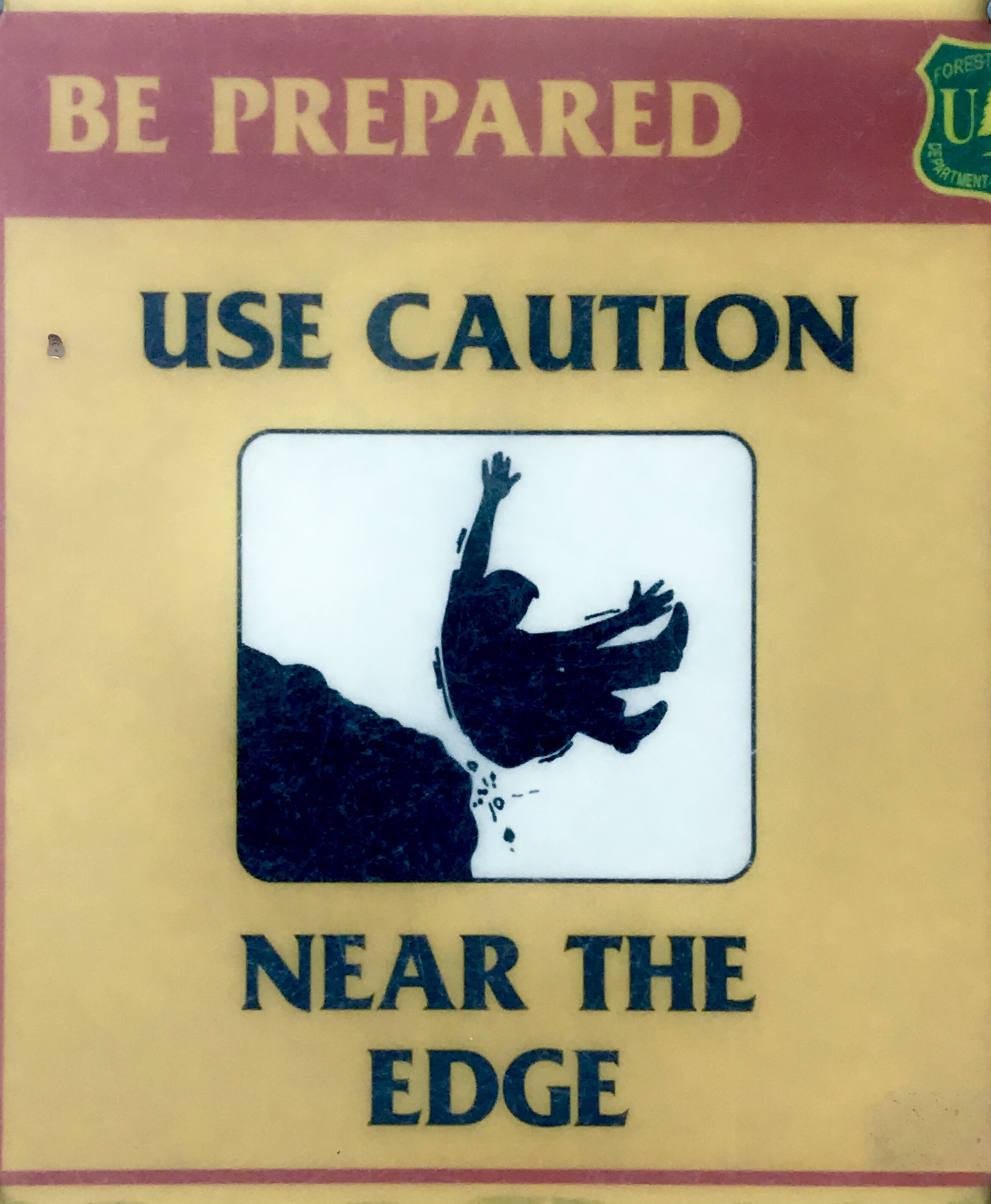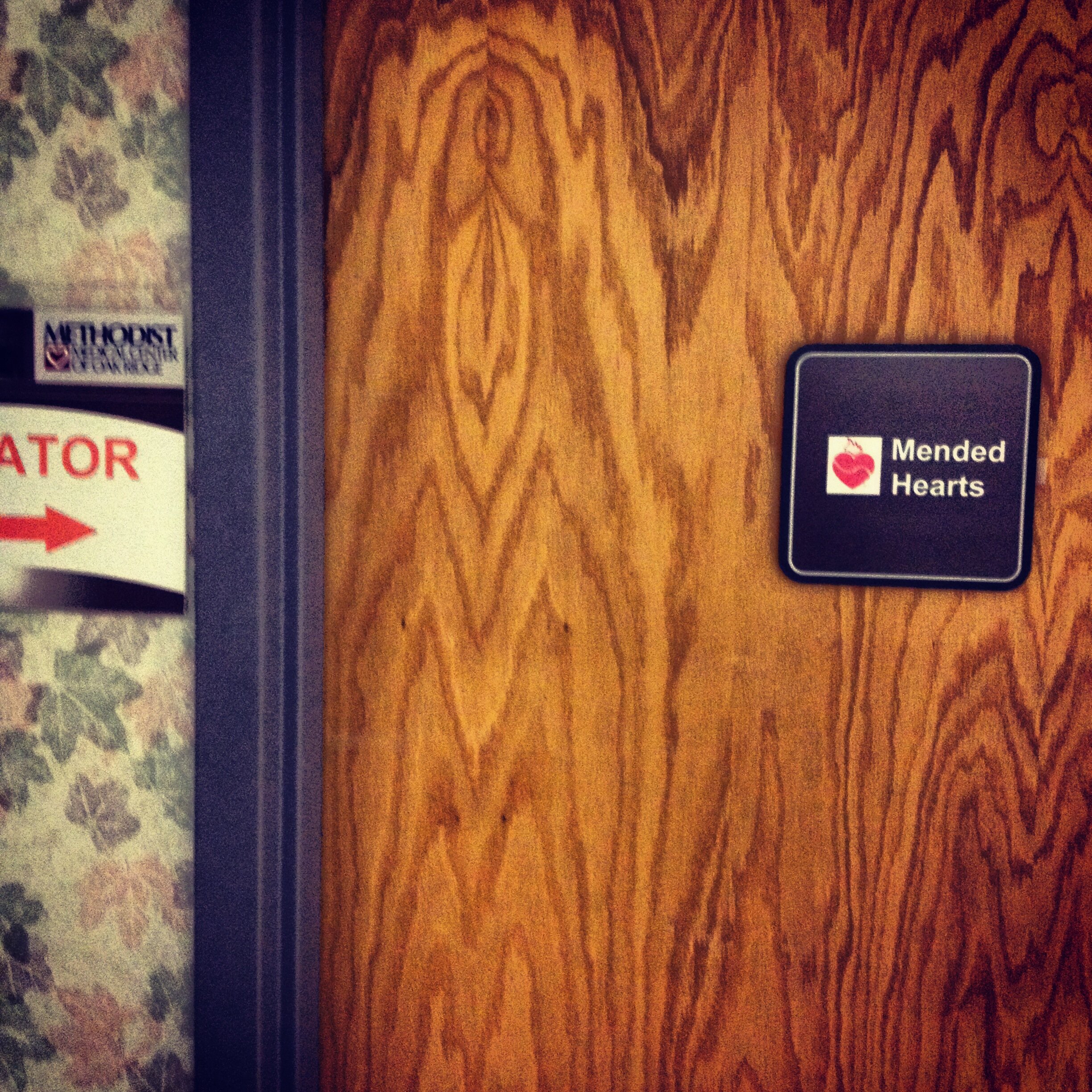I used to toss coins to get guidance from the I Ching, the Chinese Book of Changes. I had the classic Wilhelm/Baynes translation, which was heavy on Taoist philosophy and light on practical advice. I kept tossing the coins anyway, hoping that one day the wisdom of the ages would make my path perfectly clear. After a while, I noticed that the I Ching was telling me the same thing over and over: Perseverance furthers.
Since I was trying, and quitting, a lot of things back then—pottery, Karate, macrobiotics—I figured the book was suggesting that I cultivate stick-to-it-ness. It was, and I did. Perseverance was what kept me, a lonely Peace Corps volunteer, in my village when all I wanted was to go home. Perseverence has kept me with my husband even when he drives me crazy. Perseverence keeps me writing and sending my work out to literary agents and magazines. Perseverance is what gets me past obstacles, disappointment, and rejection.
Halfway through the pandemic, I started sending out an excerpt from my memoir to literary magazines. I figured that getting some publishing credentials would help my chances of finding an agent to represent the memoir to publishers. After eight rejections, which isn’t many in this business, Parhelion, a magazine out of Virginia, emailed that they wanted to publish “A Girl from Pakau.” For the first time, someone liked my work who wasn’t a) my sister, b) a friend, c) my writing coach, or d) a member of my writing group. This acceptance not only affirmed my work, but also encouraged me to send out more.
I would like to thank S.L. Brown, my editor at Parhelion, whose insight helped me make the piece stronger. If you would like to visit a little-known corner of the world—The Gambia, West Africa—you can read “A Girl from Pakau” athttps://parhelionliterary.com/linda-gambill-pakau/






